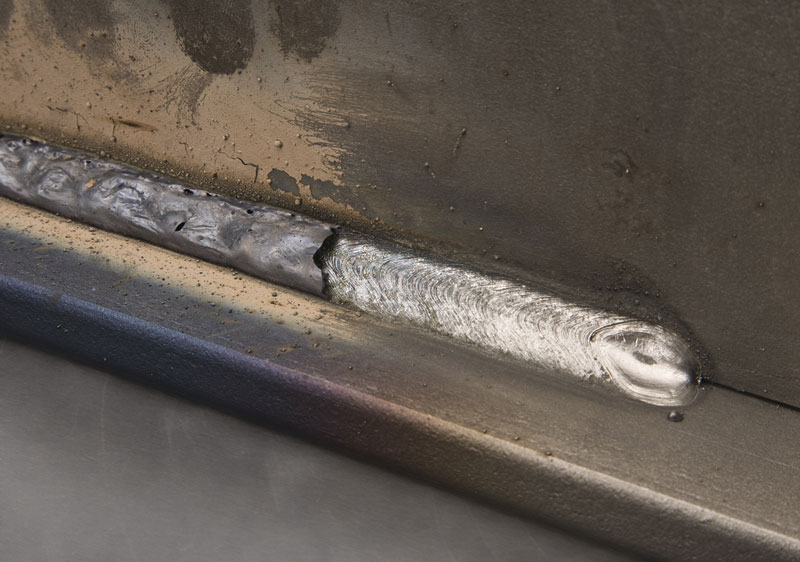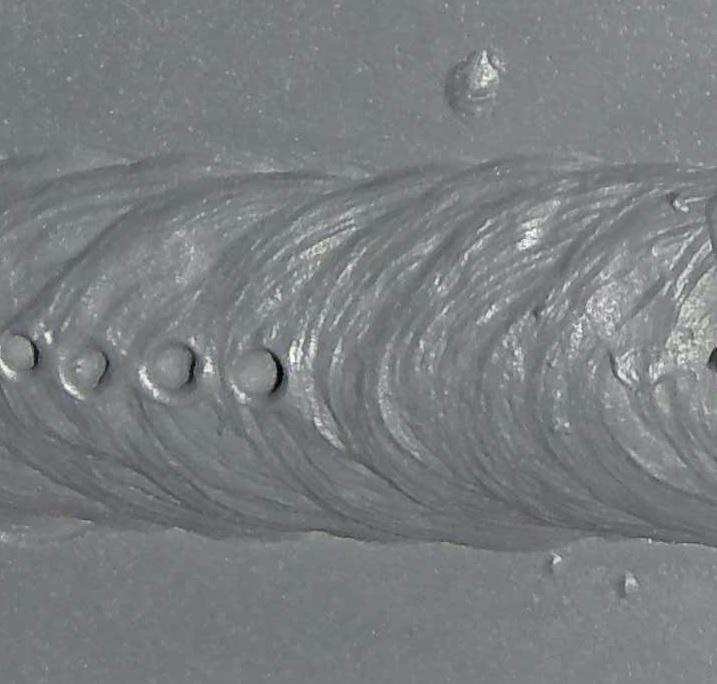Recognizing Porosity in Welding: Exploring Reasons, Effects, and Avoidance Strategies
As experts in the welding market are well aware, understanding the reasons, effects, and prevention techniques related to porosity is critical for attaining durable and trustworthy welds. By delving right into the root causes of porosity, analyzing its destructive results on weld quality, and discovering efficient avoidance methods, welders can enhance their understanding and skills to generate premium welds continually.
Typical Reasons For Porosity
Porosity in welding is primarily brought on by a combination of elements such as contamination, inappropriate shielding, and poor gas coverage during the welding procedure. Contamination, in the kind of dirt, grease, or corrosion on the welding surface, creates gas pockets when heated, leading to porosity in the weld. Improper shielding takes place when the securing gas, typically utilized in processes like MIG and TIG welding, is unable to fully secure the molten weld swimming pool from responding with the surrounding air, causing gas entrapment and subsequent porosity. Furthermore, insufficient gas insurance coverage, commonly due to incorrect flow rates or nozzle positioning, can leave parts of the weld unprotected, permitting porosity to form. These elements jointly add to the formation of voids within the weld, damaging its stability and potentially causing structural issues. Recognizing and attending to these usual causes are important action in avoiding porosity and making certain the high quality and stamina of bonded joints.
Impacts on Weld High Quality
The existence of porosity in a weld can substantially jeopardize the total top quality and integrity of the bonded joint. Porosity within a weld produces spaces or dental caries that deteriorate the structure, making it extra vulnerable to fracturing, deterioration, and mechanical failing. These voids work as anxiety concentrators, decreasing the load-bearing capacity of the weld and enhancing the likelihood of early failing under applied stress. In enhancement, porosity can also offer as potential websites for hydrogen entrapment, additional intensifying the degradation of the weld's mechanical properties.
Furthermore, porosity can impede the efficiency of non-destructive screening (NDT) techniques, making it testing to discover other issues or suspensions within the weld. This can lead to significant safety and security worries, specifically in critical applications where the architectural stability of the bonded components is critical.

Prevention Techniques Overview
Given the harmful impact of porosity on weld quality, effective avoidance strategies are vital to maintaining the architectural honesty of welded joints. One of the main avoidance strategies is detailed cleaning of the base materials prior to welding. Pollutants such as oil, oil, rust, and dampness can add to porosity, so ensuring a clean work surface is vital. Correct storage space of welding consumables in dry conditions is also essential to avoid dampness absorption, which can bring about gas entrapment during welding. Additionally, choosing the appropriate welding parameters, such as voltage, present, and travel rate, can help reduce the danger of porosity development. Making sure ample shielding gas flow and coverage is an additional crucial avoidance method, as inadequate gas protection can cause climatic contamination and porosity. Proper welder training and qualification are important for applying preventive measures successfully and regularly. By including these prevention strategies into welding practices, the browse around these guys event of porosity can be significantly decreased, leading to more powerful and more trusted bonded joints.
Relevance of Appropriate Protecting
Correct protecting in welding plays a vital role in stopping climatic contamination and making certain the honesty of welded joints. Securing gases, such as argon, helium, or a mixture of both, are frequently used to shield the weld swimming pool from responding with elements airborne like oxygen and nitrogen. When these responsive aspects enter contact with the warm weld swimming pool, they can cause porosity, bring about weak welds with minimized mechanical residential properties.

Insufficient securing can cause various defects like porosity, spatter, and oxidation, jeopardizing the structural integrity of the bonded joint. Therefore, sticking to proper shielding practices is important to create top quality welds with very little issues and ensure the longevity and reliability of the bonded elements (What is Porosity).
Surveillance and Control Methods
Just how can welders effectively check and regulate the welding process to guarantee optimum results and protect against problems like porosity? One secret approach is via the usage of innovative surveillance modern technologies. These can consist of real-time monitoring systems that give comments these details on specifications such as voltage, existing, take a trip rate, and gas circulation rates. By constantly keeping track of these variables, welders can recognize variances from the perfect conditions and make instant changes to stop porosity development.

Furthermore, applying proper training programs for welders is vital for keeping an eye on and regulating the welding procedure effectively. What is Porosity. Educating welders on the significance of preserving constant specifications, such as appropriate gas protecting and travel speed, can assist avoid porosity problems. Routine evaluations and qualifications click to find out more can additionally make certain that welders are competent in tracking and controlling welding procedures
Furthermore, using automated welding systems can boost surveillance and control capacities. These systems can exactly control welding criteria, minimizing the probability of human error and ensuring regular weld high quality. By integrating sophisticated monitoring modern technologies, training programs, and automated systems, welders can effectively keep an eye on and manage the welding process to minimize porosity issues and accomplish premium welds.
Final Thought
